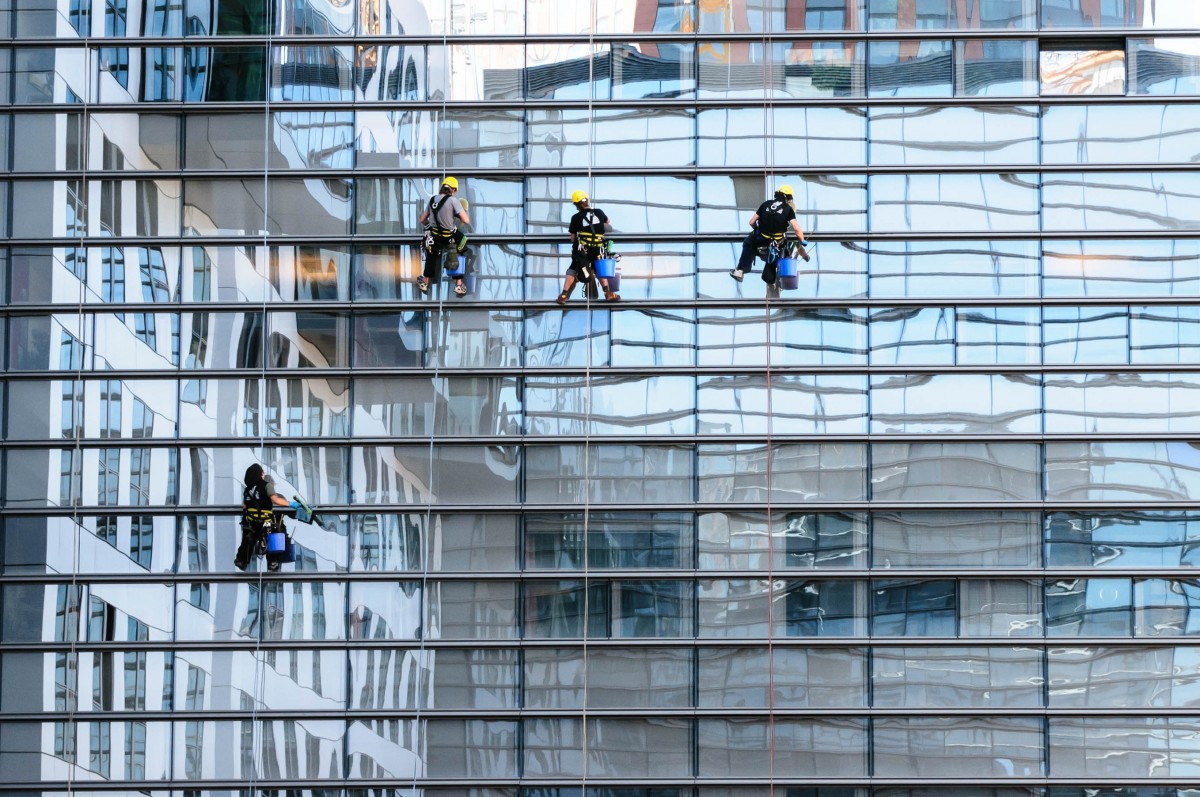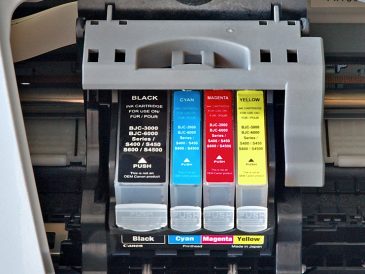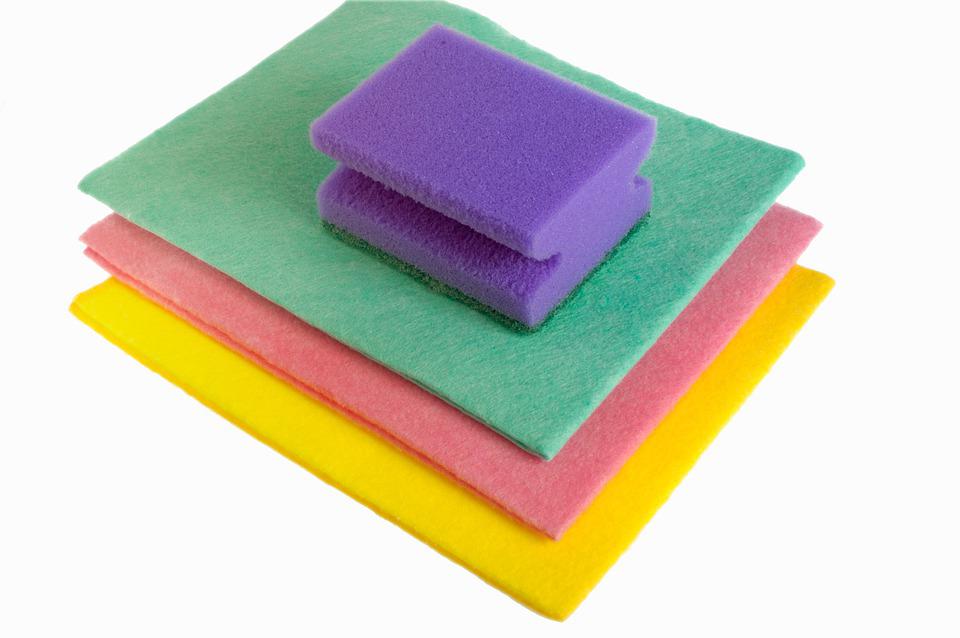Why Is Facade Cleaning Important
People worry about removing moss from their roofs from time to time without realizing that, little by little, the facades are also colonized by plants. From spores, fungi, mosses and lichens to the plants themselves, many biological intruders nestle in every crevice of the walls. Because colonization is slow and we get used to the appearance of our walls, we too often forget to remove dust from our facades. However, in addition to the aesthetic aspect, the defoaming of the facade allows maintaining a property to preserve its market value and limit the humidity of the walls and preserve their insulating power.
The necessity of facade defoaming
The need for a facade defoaming can be punctual or regular to maintain and preserve its real estate capital.
On a one-time basis, it is imperative to proceed with a facade de-mossing before considering any renovation, with or without a real estate transaction. Before the sale or purchase of a house, defoaming is recommended when the construction is old (> 15-20 years) if it has not been done earlier. Any potential buyer will want to determine the condition of the walls and exterior coatings to estimate their preservation state.
Similarly, before purchasing a property, it is almost imperative to ascertain the condition of the exterior walls by visually inspecting the structure’s materials; in this regard, only a defoaming operation can remove the biological veil to access the material to estimate its condition.
Before any major renovation of a property, particularly before the restoration of the facades, proceeding with the removal of moss from the facade allows for prioritizing the needs for aesthetic and energy renovation. It is indeed useless to consider a thermal improvement of a property whose external walls are deteriorating and thus become thermal huts through which the cold and humidity penetrate.
In addition to these occasional interventions, it is necessary to regularly remove moss from the facade when the walls are generally in the shade when the property is located in a humid area and even more so when the renderings or the materials of the facade are structured (grainy rendering, striated concrete, rendering in relief…).
In the cold regions, where the frost is frequent, one regularly removes the moss from the frontages so that the walls are cleared of the encrusted plants that infiltrate water in the walls via their roots.
By becoming ice, the water which penetrated the wall increases in volume, which causes degradation and deep cracks.
Good to know: paradoxically, if the removal of moss from facades seems to be instead required in the countryside and green areas, it is in the city, where mosses are rarer, that they are much more aggressive for walls because they are loaded with air pollutants and hydrocarbon residues that eat away at the building materials.
Techniques for removing moss from the facade
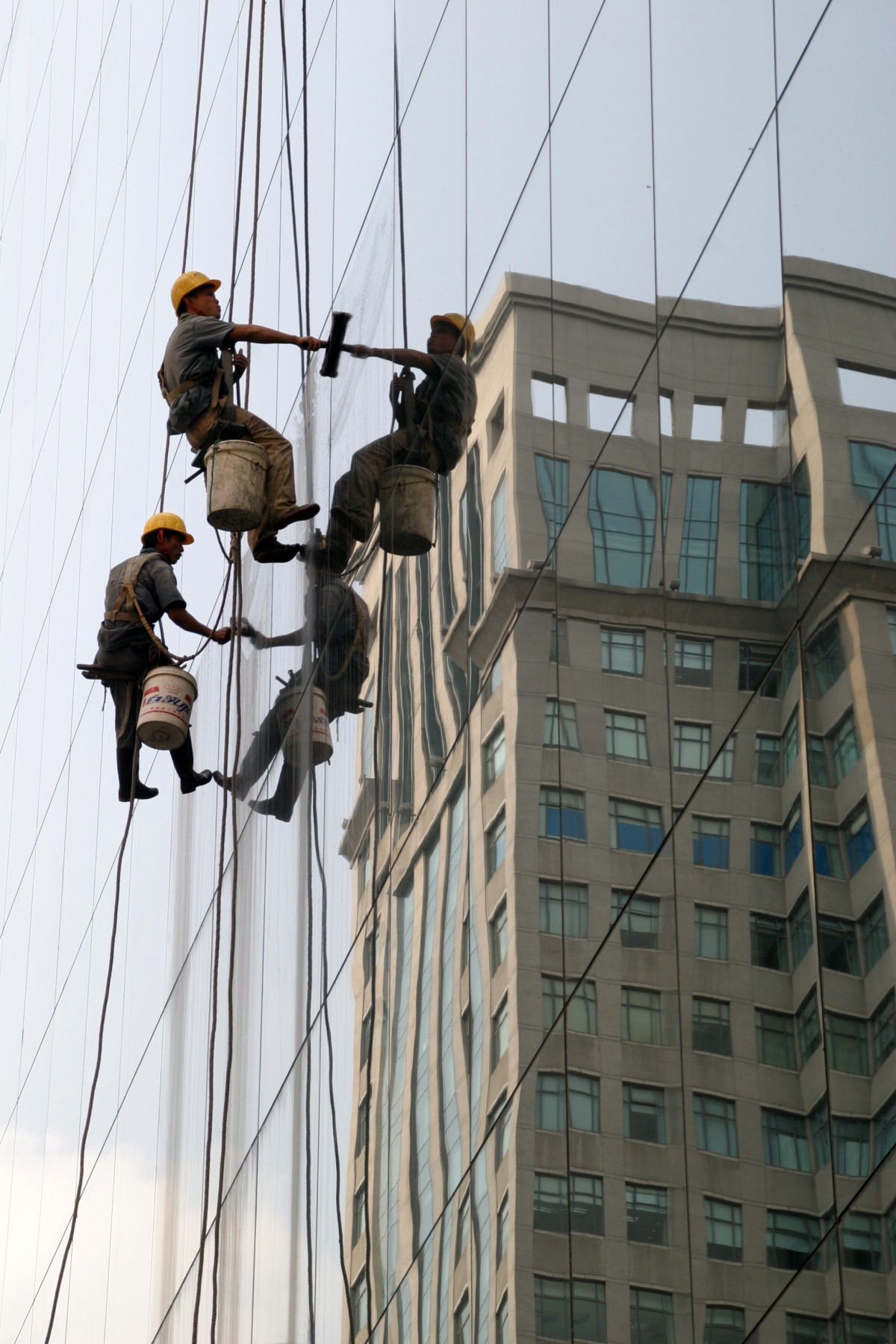
Several techniques and methods for removing moss from facades are more or less the same as for removing moss from roofs.
High-pressure cleaning
This is the simplest method, which any private individual can use, but it is far too aggressive, especially when the pressure of the cleaner is too high.
Therefore, it is recommended to proceed in stages by first applying a detergent to penetrate the organic dirt and dissolve the grease, then a little later by removing everything with a jet under moderate pressure.
Easy to implement, this method is more like regular cleaning than moss removal since the facades are moistened again, which facilitates the regrowth of plants and maintains the humidity in the materials.
Good to know: spectacular and very effective, the cleaning of facades with bleach or any other chlorinated or fungicidal product is strongly discouraged (or even forbidden) because of the risk of pollution of aquatic reserves. It is everyone’s responsibility to ensure that the detergents used are biodegradable and without risk to the resource.
Gumming or air gumming
Gumming is a dry cleaning technique reserved for professionals since it consists of projecting a fine powder on the facade using compressed air.
Although not considered abrasive, the gumming powders are specific products which must be used with caution concerning the occupants and the neighbourhood, as well as for the operators, who must wear Personal Protective Equipment (PPE: masks, gloves, goggles) because of the fine grains are easily inhaled and aggressive to the eyes, mucous membranes and skin.
Hydrogumming
This process combines the two previous methods of cleaning with water and scrubbing with powder. In hydro-scrubbing, water under air pressure is used to spray the scrubbing powder diluted to about 20% onto the facade.
As with traditional water-based cleaning, water scrubbing is done at low pressure to preserve the support. The scrubbing powder mainly ensures the effectiveness of the process.
The advantage of this technique (also reserved for professionals) is that water prevents the dispersion of powders and residues in the air, making the process less dangerous for the surrounding (but just as dirty).
Hardness of powders
Not all powders are suitable for scrubbing and hydro-scrubbing.
The hardness of different minerals is measured on a relative hardness scale developed by Friedrich Mohs. On Mohs’ scale, each mineral with a lower number can be crossed out by a mineral with a higher number, so 10 is the hardest mineral (diamond), and 1 is the softest mineral (talc).
In addition, the grain size and physical/chemical properties of the powders must be compatible with the facade material.
Note: professionals of moss removal (roof and facades) prefer to use gumming and hydrogumming methods that are more respectful of the environment (water consumption, pollution) and less aggressive for the walls than cleaning with water under pressure. The private individual generally tends (more than removes) his facade with a high-pressure cleaner to increase the time between two removals.
Facade defoaming by yourself or by a professional?
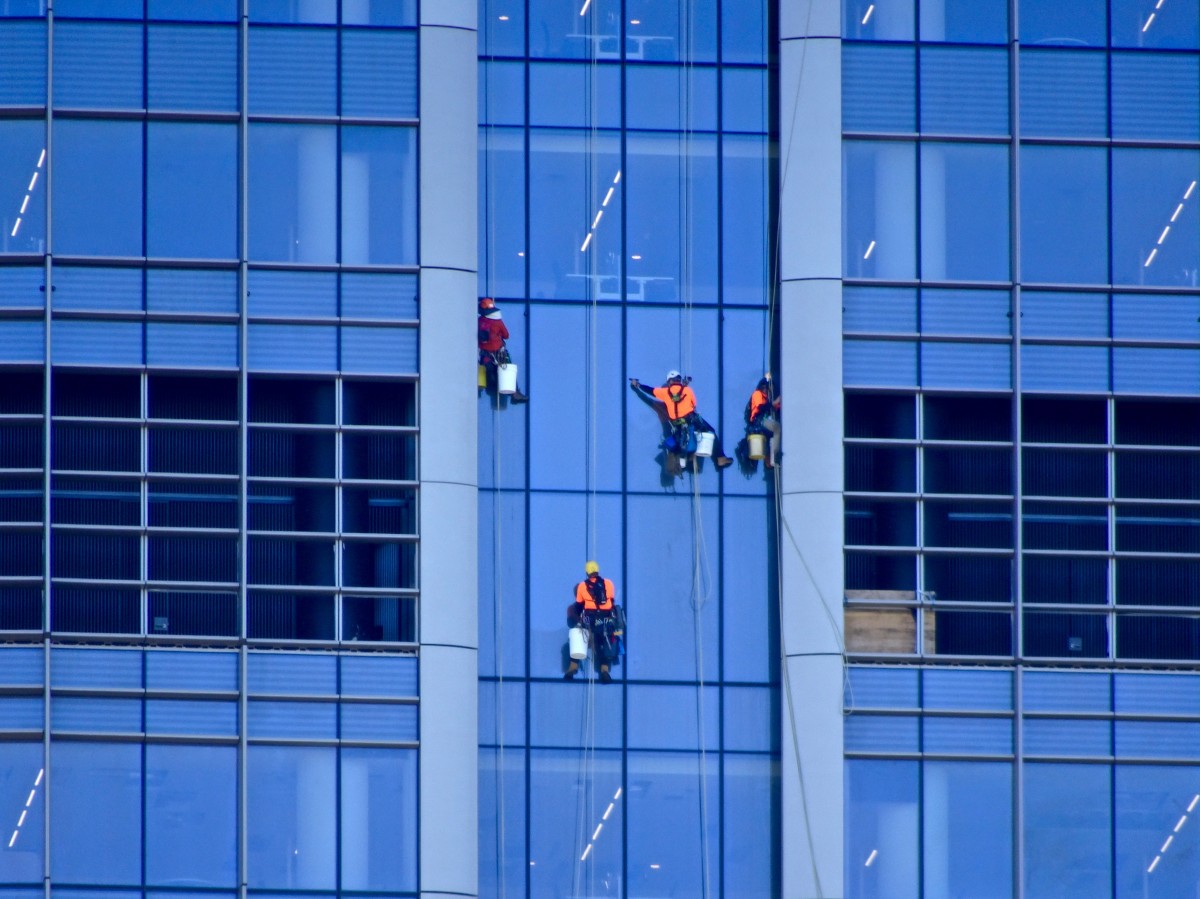
Depending on whether you remove your facade(s) yourself or whether you entrust this task to a professional, the price varies, of course, but it also comes with guarantees and recourse.
Do it yourself
Suppose you remove your facade yourself with your high-pressure cleaner or rent a hot water cleaner (more efficient). In that case, you will have to count the cost of renting the high-pressure cleaner, or a sandblaster and its compressor, the renting of a scaffolding (much safer than a simple ladder), plus the detergent products (soap) and the gumming or hydro-rubbing products according to the surface of the facades to be removed. Of course, the shortcoming of mastering the techniques and products of defoaming leads to a longer working time and a final result that is not always optimal.
Call a pro
The removal of moss by a pro has the enormous advantage of being subject to an obligation of result and not only an obligation of means. It is recommended to get several estimates and check the guarantees that will appear in the estimate. The price will vary according to the material of the exterior walls and their state of soiling and invasion by moss and lichen.
Good to know: especially for gumming, air gumming, and water gumming, ask for the products used to be mentioned in the estimate and indicate in black and white the extent of the cleaning to be done afterwards (gutters, gutters, paths…) because gumming powders penetrate everywhere and are very difficult to clean.

